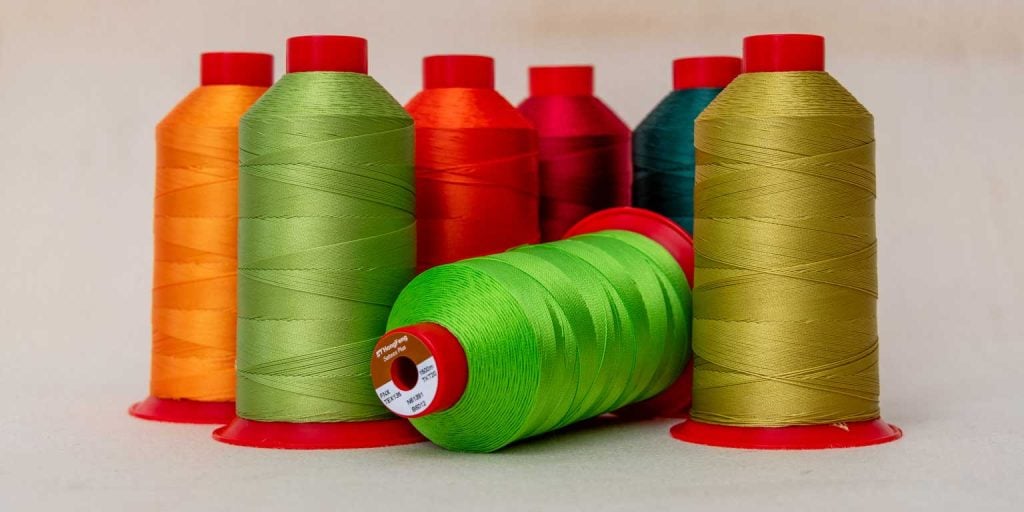With the increase in the price of textile raw materials, the price of sewing thread, especially high-grade sewing thread, is also rising. However, the current method of calculating the amount of sewing thread used by clothing companies is mostly based on production experience. Most of the sewing thread supply in most enterprises is often in excess of demand, and the supply is open, without realizing the value of sewing thread management.
Read More: Filament Sewing Thread
Table of Contents
Four Significances of Accurate Calculation of Sewing Thread Consumption
- The amount of sewing thread used is an important factor for enterprises to calculate the cost of clothing production;
- Calculating the amount of sewing thread used can reduce the waste and backlog of sewing thread, and reducing the amount can save the company’s inventory area and reduce inventory pressure, thereby reducing production costs and maximizing profit margins;
- The assessment of sewing thread consumption can improve employees’ awareness of sewing specifications and quality;
- By calculating the amount of sewing thread, workers can be reminded to change the thread in time. For example, when stitching is not allowed on the open thread parts such as jeans, the amount of thread consumption should be carefully calculated to reduce the surplus of stitches caused by insufficient stitches, thereby improving production efficiency;
Two Calculation Methods of Sewing Thread Consumption
The calculation of the amount of sewing thread is obtained by the commonly used estimation method of the enterprise, that is, the length of the sewing trace is measured by CAD software, and the total length is multiplied by a coefficient (generally 2.5 to 3 times the total length of the stitch).
Suture consumption of a garment = sum of suture consumption of all parts of the garment × (1 + wastage rate).
Read More: Thread for Sewing Machine
The estimation method cannot accurately obtain the amount of sewing thread. There are two scientific methods for calculating the amount of sewing thread:
Formula method
The principle of the formula method is to use the method of the length of the mathematical geometric curve for the stitch structure, that is, observe the geometric shape of the cross-connected coil in the sewing material, and use the geometric formula to calculate the consumption of a circular thread.
By calculating the length of a stitch loop (including the length of the stitch loop + the amount of thread used at the intersection of the stitch), it is then converted into the number of stitches per meter of stitches and then multiplied by the overall stitch length of the garment.
The formula method combines factors such as stitch density, the thickness of sewing material, yarn count used, slit width of overlock seam and stitch distance, etc. Therefore, the formula method is a relatively accurate method, but it is relatively complicated to use, and the variety of garments Specifications, styles, sewing techniques, the thickness of sewing material (gray fabric), thread count, stitch density, etc. are all very different, which brings too much inconvenience to the calculation, so enterprises basically don’t use it.
Stitch-Length Ratio
Stitch-to-thread length ratio, that is, the ratio of the sewing stitch length to the consumed stitch length. This ratio can be measured according to actual production or calculated according to the formula method. There are two test methods: the suture fixed length method and the seam fixed length method.
- Suture fixed length method: before starting sewing, measure a certain length of suture on the pagoda line and make a color mark. After sewing, measure the number of stitches formed by this length, so as to calculate the length of the seam per meter trace consumption.
- Stitch-fixed-length method: first sew with different thicknesses of sewing materials, and then cut out a section of the seam with a better shape, carefully disassemble the sutures, measure their length or weigh their weight, and then convert it out The amount of thread used (length or weight) per meter of seam length.
Because the “stitch-thread length ratio” is relatively simple to calculate the amount of sewing thread, and the calculation result is accurate, it is widely applicable to garment manufacturers.



